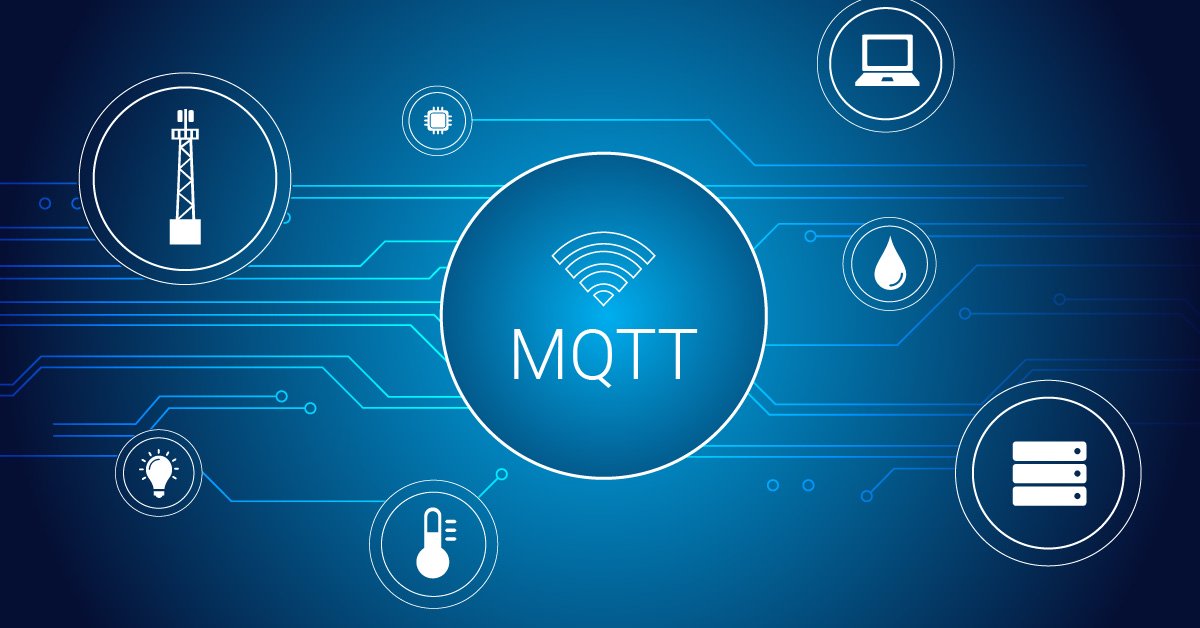What sets HTTP apart from MQTT?
MQTT stands out as a data-centric, remarkably lightweight, binary protocol. Its efficiency in data transfer over the network surpasses document-centric protocols like HTTP, thanks to minimal packet overhead. Unlike HTTP's request/response model, MQTT facilitates push-based communication through persistent TCP connections.
What distinguishes MQTT from HTTP?
In the realm of protocols, MQTT shines with its data-centric, extremely lightweight, binary nature. It outperforms document-centric protocols such as HTTP in transferring data across networks due to its minimal packet overhead. Unlike HTTP's request/response paradigm, MQTT facilitates push-based communication through persistent TCP connections.
How does AMQP differ from MQTT?
AMQP operates as a bidirectional, synchronous peer-to-peer messaging protocol, demanding high implementation complexity and featuring a larger network overhead. In contrast, MQTT, a binary protocol, thrives in simplicity, making it ideal for mobile IoT applications and M2M scenarios. MQTT's pub/sub messaging pattern caters to resource-constrained devices, operating seamlessly in low-bandwidth, high-latency networks. Notably, MQTT is officially specified by the OASIS Standard.
Is MQTT compatible with WebSockets?
Indeed, MQTT can leverage WebSockets with full feature support, provided the underlying broker implementation offers native WebSockets. WebSockets offer a bidirectional, ordered, and lossless communication channel over TCP, seamlessly integrating with MQTT.
Can MQTT integrate with Kafka?
Absolutely, MQTT and Kafka integration is feasible. The HiveMQ Enterprise Kafka Extension offers a streamlined approach to achieving this integration, enhancing communication capabilities between MQTT and Kafka.
Does MQTT adhere to REST principles?
No, MQTT does not adhere to REST principles. Unlike REST, which follows a stateless request/response pattern, MQTT operates as a publish/subscribe application layer protocol, relying on persistent TCP connections for instantaneous, push-based message transmission.
Is MQTT session resumption possible on any node?
Certainly, MQTT clients can seamlessly reconnect to any node within a cluster and resume their sessions, ensuring continuous communication and data flow.
Does HiveMQ offer support for MQTT load balancers?
Absolutely, HiveMQ extends comprehensive support for MQTT load balancing, catering to various hardware and software load balancing solutions, ensuring seamless scalability and reliability.
What does "Clean Start" signify in MQTT?
Clean Start, an MQTT 5 feature, empowers clients to dictate whether the MQTT broker should maintain previous session state or initiate a fresh session. This flag, set in the CONNECT package, governs session initialization behavior.
Why is a Client ID necessary in MQTT?
A Client ID (ClientId) in MQTT uniquely identifies each connecting client to the broker, enabling the broker to manage client state effectively. This identifier ensures the integrity and continuity of client connections within the MQTT ecosystem.
Exploring the Concept of "Keep Alive" in MQTT
"Keep-Alive" in MQTT defines the duration, in seconds, between consecutive MQTT packet transmissions. This mechanism allows the broker to monitor client connectivity and ensure timely communication.
Unveiling the Last Will Message (LWT) in MQTT
The Last Will Message (LWT) feature in MQTT notifies other clients when a client disconnects unexpectedly, facilitating graceful communication and ensuring message delivery integrity.
Understanding Message Expiry in MQTT
Message Expiry, an MQTT 5 feature, empowers clients to set the lifespan of PUBLISH messages stored by the broker for disconnected subscribers. This feature enhances message delivery efficiency and resource management.
A Comprehensive Look at MQTT Packet Types
MQTT protocol defines various control packets for managing communication between devices and brokers. Each packet, comprising a mandatory 2-byte header, serves specific purposes, ensuring efficient message exchange.
Delving into the Significance of Packet Identifier in MQTT
The Packet Identifier in MQTT uniquely identifies messages within client-broker communication, facilitating reliable message delivery and tracking across the MQTT ecosystem.
Exploring Payload Encryption in MQTT
Payload Encryption in MQTT secures application-specific data within MQTT packets, enhancing end-to-end confidentiality and integrity, particularly for sensitive information transmission.
Shedding Light on Persistent Sessions in MQTT
Persistent Sessions in MQTT enable brokers to store relevant client information, ensuring seamless session resumption upon client reconnection. This feature enhances client experience and message delivery efficiency.
Navigating the Realm of Publish/Subscribe (Pub/Sub) Model
The Publish/Subscribe (Pub/Sub) model in MQTT decouples message publishers from subscribers, facilitating efficient and scalable communication through intermediaries known as brokers.
Dissecting the Quality of Service (QoS) Levels in MQTT
Quality of Service (QoS) levels in MQTT govern message delivery guarantees between senders and receivers, offering varying degrees of reliability and overhead for message transmission.
Deciphering Reason Codes in MQTT
Reason Codes in MQTT convey the outcome of various operations, providing valuable insights into message processing and communication status.
Understanding Reason Strings in MQTT
Reason Strings in MQTT offer optional human-readable explanations associated with specific reason codes, enhancing communication transparency and troubleshooting capabilities.
Demystifying Retained Messages in MQTT
Retained Messages in MQTT store the latest message for a topic, ensuring immediate delivery to subscribers upon subscription, even if they were not connected at the time of publication.
Exploring Session Expiry in MQTT
Session Expiry in MQTT allows clients to define the duration after disconnection until their session expires, facilitating efficient resource management and session cleanup.
Unraveling Shared Subscriptions in MQTT
Shared Subscriptions in MQTT enable multiple clients to share a subscription, receiving messages in an alternating fashion, fostering efficient message distribution and load balancing.
Delving into MQTT Topics
MQTT Topics serve as unique identifiers for sharing information among MQTT clients, facilitating seamless communication within the MQTT ecosystem.
Understanding Topic Names in MQTT
Topic Names in MQTT allow clients to define integer values as substitutes for topic names, enhancing message transmission efficiency and reducing payload size.
Exploring Topic Aliases in MQTT
Topic Aliases in MQTT provide a means for publishers to assign labels to messages, facilitating efficient message matching and distribution among subscribers.
Unveiling Topic Filters in MQTT
Topic Filters in MQTT enable clients to subscribe to topics and receive publications based on predefined criteria, fostering flexible and targeted message delivery.
Understanding $Topics in MQTT
$Topics in MQTT are reserved for internal statistics of MQTT brokers, ensuring proper operation and management of the MQTT infrastructure.
Navigating User Properties in MQTT
User Properties in MQTT append key-value pairs to MQTT packets, enabling metadata transmission and enhancing communication capabilities within the MQTT ecosystem.
[Top]


